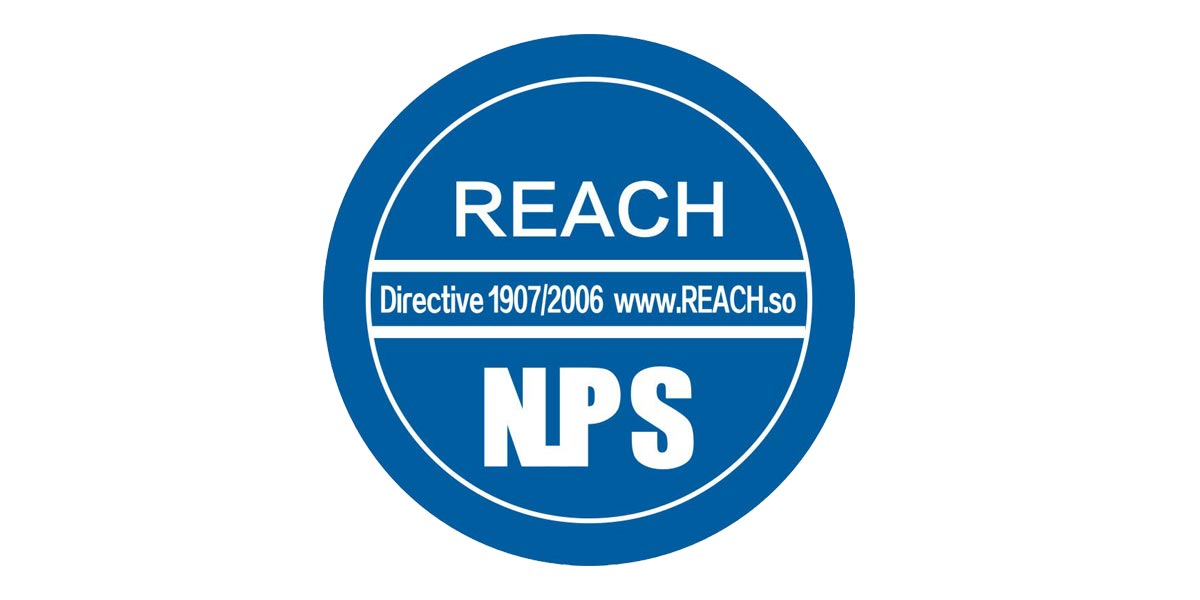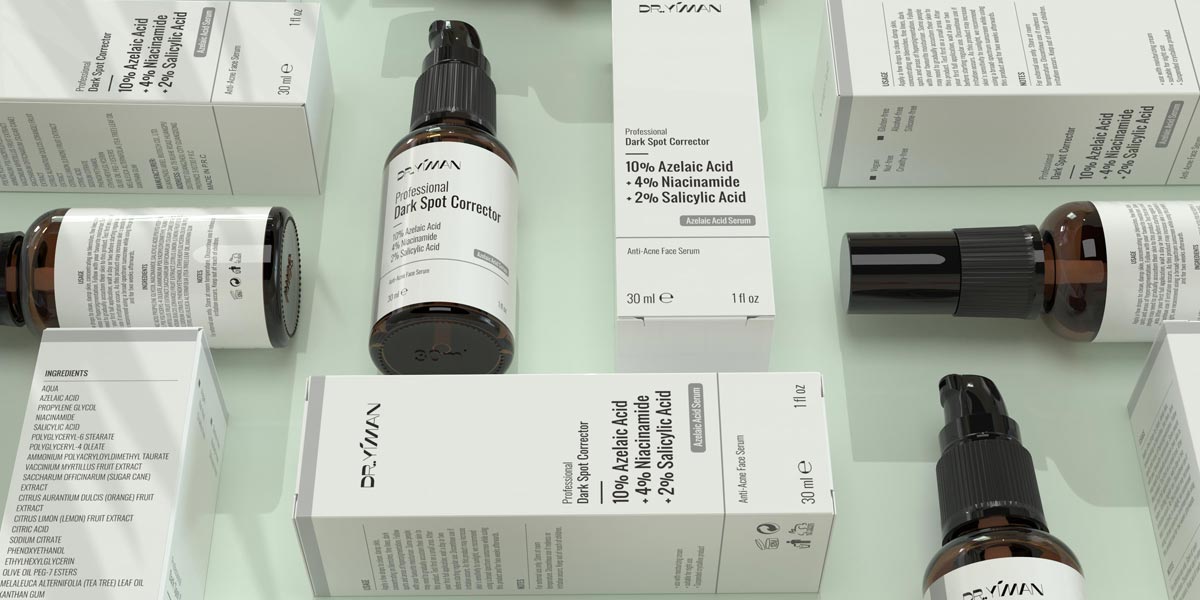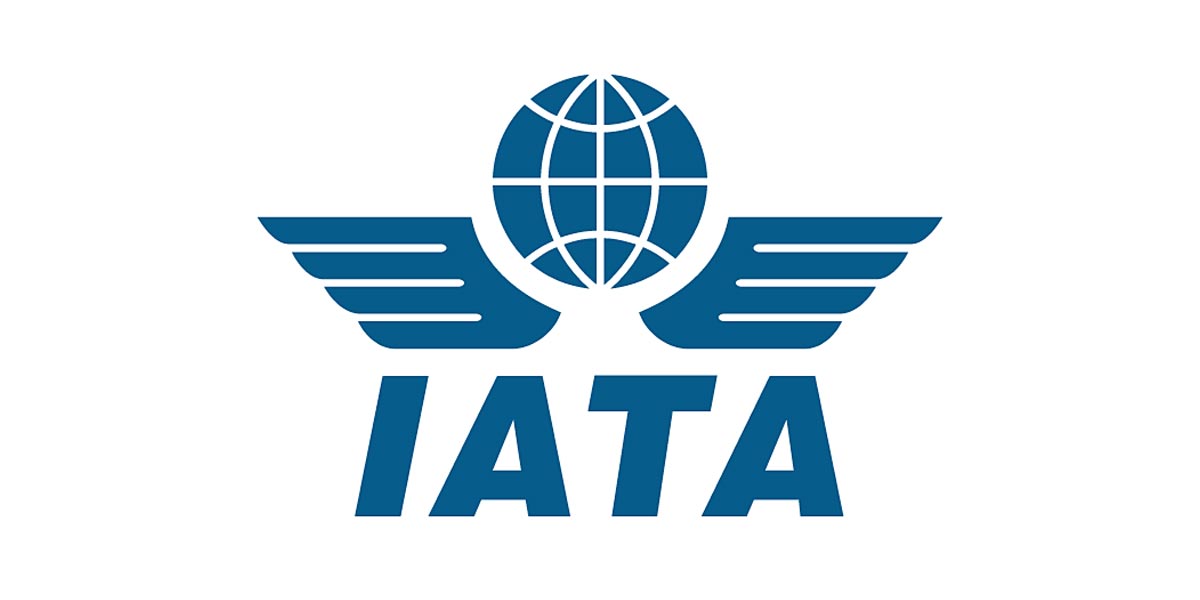Airplane transportation is indispensable to the cosmetics supply chain, swiftly connecting production bases with the global market. In today’s world, the international trade of cosmetics is gradually showing a trend of vigorous development, and air transportation is a key means to facilitate this global exchange. From the fashion capital of Paris to the trend centers of Tokyo and the fashion hub of New York, whether it’s lipstick, eyeshadow, or skincare products, the stories behind these small bottles often involve a precise global transportation process. Air transportation is not just a logistics method but also a science, especially regarding delicate and fragile commodities like cosmetics that require strict control over temperature and humidity. This article will explore the importance, challenges, and industry responses to air transportation of cosmetics, and the crucial role air transportation plays in the cosmetics supply chain. From the production lines of cosmetic factories to the cargo planes flying leisurely between international destinations, let’s unveil the veil of this microcosmic world and gain a deep understanding of the intricacies of air transportation for cosmetics.
Understanding Regulations:
Chinese Regulations:
1. Cosmetic Supervision and Administration Regulation: China has a series of regulations on the manufacturing, sales, import, etc., of cosmetics, primarily managed by the National Medical Products Administration (NMPA).
2. Export Cosmetic Inspection and Quarantine Regulations: Formulated by the General Administration of Quality Supervision, Inspection, and Quarantine of the People’s Republic of China, it involves inspection and quarantine requirements before export.
International Regulations:
1. United Nations Recommendations on the Transport of Dangerous Goods (UNRTDG): Detailed regulations for transporting dangerous goods, including certain cosmetics, ensure their safety in international transportation.
2. International Air Transport Association (IATA) Dangerous Goods Regulations: Regulations for the air transportation of dangerous goods, including provisions related to cosmetics.
Destination Country Regulations:
Each country has its regulations regarding cosmetics permits, labeling, ingredient approval, etc. Import regulations may vary by country, requiring a specific understanding of the regulations in the destination country.
REACH Regulations (European Union):
For cosmetics imported into Europe, the REACH (Registration, Evaluation, Authorization, and Restriction of Chemicals) regulations may apply, requiring registration and evaluation of certain chemicals.
Good Manufacturing Practices (GMP) Standards:
Some countries have strict requirements for Good Manufacturing Practices (GMP) in the cosmetic manufacturing process, ensuring product quality and safety.
Packaging: When using air transportation for exporting cosmetics, packaging requirements are crucial as air transport has stricter safety and regulatory compliance requirements. Here are some applicable packaging requirements:
United Nations Recommendations on the Transport of Dangerous Goods (UNRTDG):
1. If cosmetics are classified as dangerous goods, they must comply with UNRTDG regulations for packaging, labeling, and marking.
2. This includes using appropriate dangerous goods labels, signs, and packaging that meets specific packaging specifications.
IATA Dangerous Goods Regulations:
IATA (International Air Transport Association) has specific regulations for the air transport of dangerous goods, which also apply to cosmetics containing certain ingredients. Compliance with IATA packaging and labeling requirements is mandatory.
Packaging Materials:
1. Packaging materials should be sufficiently sturdy to prevent damage during transportation. Durable, pressure-resistant, and shock-resistant packaging is particularly crucial for air transportation.
2. Avoid using materials harmful to cosmetics to ensure that the packaging does not contaminate the products.
Appropriate Padding:
Utilize suitable padding such as bubble wrap, foam, etc., to ensure that cosmetics are adequately protected during transportation, preventing movement and collisions within the packaging.
Anti-Counterfeiting Measures:
Implement anti-counterfeiting measures on the packaging to ensure the authenticity of the products and mitigate the risk of counterfeiting.
Temperature and Humidity Control:
For certain cosmetics, especially those susceptible to temperature and humidity, measures may be needed to ensure appropriate environmental conditions are maintained during transportation.
Labels and Markings:
Comply with destination country regulations by including correct labels and markings, ensuring that the information on the packaging is accurate and meets the regulatory and language requirements of the destination country.
Liquid Restrictions: When exporting cosmetics via air transport, liquid products may be subject to certain restrictions, primarily related to safety and airline regulations. Here are some potential limitations and considerations:
Liquid Restrictions:
Airlines typically impose restrictions on the quantity of liquids allowed per passenger or cargo package. This is because liquid leaks can pose hazards, especially for hazardous materials.
Container Restrictions:
Airlines and international transport regulations usually have specifications regarding the size of liquid containers. This may include the maximum capacity of individual containers and the total volume limit when all liquid containers are packed together.
Hazardous Materials Regulations:
Some cosmetics may contain ingredients considered hazardous materials, such as flammable or toxic substances. The presence of these ingredients may be subject to restrictions under the International Air Transport Association (IATA) Dangerous Goods Regulations.
Packaging Requirements:
Packaging for liquid cosmetics must comply with the United Nations Recommendations on the Transport of Dangerous Goods (UNRTDG) and IATA Dangerous Goods Regulations. This may involve special sealing and leak-proof designs.
Security Screening:
Security screening procedures in some countries may impose restrictions on liquids being carried or transported. Security personnel may conduct additional checks on liquids, leading to extended processing times.
Special Liquids:
Certain types of liquids, such as flammable liquids or acidic/alkaline liquids, may be subject to stricter restrictions. These liquids may need to comply with specific transportation conditions and document requirements.
Avoiding Restricted Components: When transporting cosmetics by air, certain ingredients may be subject to restrictions under the International Air Transport Association (IATA) Dangerous Goods Regulations. Therefore, before air transportation, ensure a thorough review of the IATA Dangerous Goods Regulations, regulations in the destination country, and specific regulations of the chosen airline. Understanding and avoiding restricted components is crucial to ensure compliance and smooth customs clearance of products. These regulations are primarily in place for safety and preventing hazardous materials. Here are some cosmetic ingredients that may be prohibited or restricted:
Flammable Components:
This includes flammable liquids, solids, or gases. It may encompass certain ingredients found in products like perfumes, hair sprays, and aerosols.
Corrosive Components:
This includes corrosive substances such as strong acids or bases. These substances may cause damage to packaging materials and other goods.
Oxidizing Agents:
This includes oxidizing agents that may accelerate combustion or cause other substances to burn. Certain bleaching agents and ingredients in cosmetics may fall into this category.
Toxic Substances:
This includes some toxic ingredients that may pose harm to humans and the environment. It may involve certain hair dyes, preservatives in cosmetics, etc.
Radioactive Materials:
Radioactive materials are strictly limited to ensure they do not pose a danger to passengers, crew members, and cargo.
Explosive Materials:
This includes explosive materials that may undergo explosive reactions under certain conditions. Certain components in cosmetics may fall into this category.
Hazardous Waste:
Some components may be considered hazardous waste and could be subject to restrictions. This may involve certain toxic or harmful chemicals.
Other Dangerous Goods:
IATA outlines other dangerous goods, including compressed gases, toxic gases, corrosive gases, etc. This may involve certain products like atomizers, sprayers, etc.
Checked Luggage and Carry-On When it comes to air transportation of cosmetics, regulations regarding checked luggage and carry-on items are typically subject to restrictions imposed by airlines and the International Air Transport Association (IATA). Specific regulations may vary based on the airline, country, and region. Before planning your travel, please refer to the regulations of your chosen airline and consider the regulations of the destination country. Here is a general guide:
Checked Luggage (In Checked Baggage):
Liquid Restrictions: Liquid cosmetics generally need to be placed in checked baggage rather than carried in carry-on luggage. Airlines typically have regulations on the maximum capacity of each liquid container and require liquids to be placed in transparent, sealed bags.
Dangerous Goods Regulations: Cosmetics containing certain hazardous ingredients may be subject to restrictions under the IATA Dangerous Goods Regulations, requiring special packaging and labeling.
Large Items: Large cosmetic items such as spray bottles or large liquid containers usually need to be placed in checked baggage. Ensure these items comply with the airline’s regulations.
Carry-On (In Hand Luggage):
Liquid Restrictions: Typically, there are restrictions on the volume of liquid containers carried in hand luggage. Each liquid container is usually not allowed to exceed 100 milliliters and needs to be placed in a transparent, resealable bag.
Dangerous Goods Regulations: Items carried in hand luggage need to comply with the IATA Dangerous Goods Regulations. Dangerous goods include substances with flammable, corrosive, oxidizing properties, etc.
Sharp Objects: Some cosmetics may contain sharp objects, such as nail scissors or tweezers. These items usually need to be placed in hand luggage and must comply with the airline’s regulations.
Theft Protection: Valuable cosmetics or jewelry are typically recommended to be carried in hand luggage to avoid loss in checked baggage.
Temperature Sensitivity: Temperature sensitivity refers to the degree of sensitivity a product has to changes in temperature. When understanding the temperature sensitivity of a product, it is important to collaborate with the manufacturer, consult product manuals, and review technical documentation for detailed information on the optimal storage and transportation conditions.
Document Backup: Specific document requirements may vary depending on the destination country, the nature of the goods, and the airline. Air freighting cosmetics involves international trade and cross-border transportation, requiring a series of documents to ensure compliance and smooth customs clearance. Here are some documents that may need to be backed up:
Commercial Invoice:
A commercial invoice is a detailed document listing information about exported goods, including quantity, prices, etc. It serves as the basis for customs declaration and taxation.
Packing List:
The packing list details the items in each package, including product names, quantities, weights, dimensions, etc. This aids in customs clearance and ensures the integrity of the goods.
Transportation Contract:
The transportation contract includes agreements related to goods transportation, such as transport mode, transport company, freight costs, etc. Ensure that the contract specifies all aspects of transportation.
Certificate of Origin:
The certificate of origin verifies the origin of the goods, which may be crucial for customs duties and import regulations in some countries.
Health Certificate:
A health certificate may be necessary, especially for products like cosmetics that involve contact with the human body. This certifies that the products meet health standards.
Special Requirements Documents for the Destination Country:
Different countries and regions may have specific regulations and requirements, necessitating documents that comply with these requirements, such as import permits, label requirements, etc.




